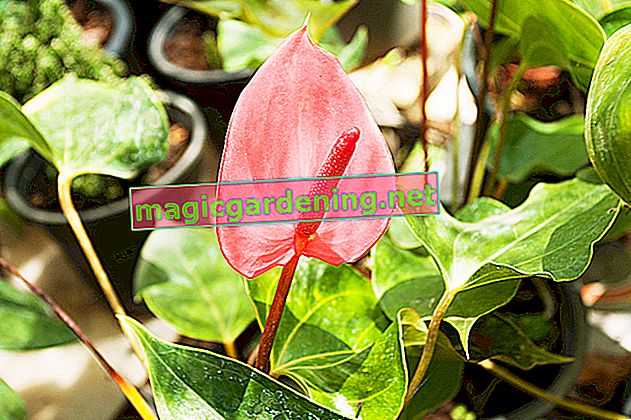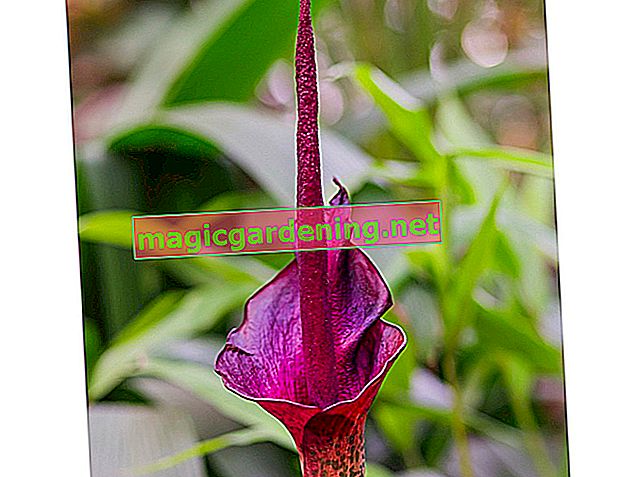
What does field horsetail look like?
At first glance, field horsetail looks a bit like a conifer, although of course much smaller.
also read
- Chickweed - these are the characteristics that you can recognize as weeds
- You can recognize the real chanterelle by these characteristics
- You can recognize a beech by these characteristics
First the brown spore shoots appear in spring, on which a spore ear forms at the top. It carries the spores through which the plant reproduces.
The spore shoots pull themselves back into the ground from May. Then the green shoots appear with the typical leaf whorls, which can reach a height of 30 to 50 centimeters.
Features for determining field horsetail
- Color of the spore shoots: brown
- Shoot color: green
- Sprouts: knotless, brownish
- Stem cross-section: hollow, ribbed
- Number of teeth of the leaf sheaths: corresponds to the number of ribs
To clearly identify field horsetail and to avoid confusion with marsh horsetail, pluck a stalk and cut it in half. This allows you to see the cross section well.
An important characteristic is the width of the stem. In contrast to marsh horsetail, the stems of horsetail are wider than three millimeters.
Where does field horsetail grow?
As the name suggests, horsetail is common in fields. It grows wherever the earth is heavily compressed.
Horsetail is a location indicator that indicates waterlogging. In addition to fields, it grows on fields, on moist meadows and in gardens with very solid soil. It also likes to spread in the lawn.
Plant horsetail in the garden
One way to avoid confusion with poisonous species is to plant field horsetail in the garden - if there is already some without it.
Since the plant spreads very strongly and can hardly be combated, you should grow it in a pot. Then the horsetail cannot reproduce via the rhizomes. You should cut off the spore ears as soon as possible so that the field horsetail cannot spread via spores.
Tips
If you are not sure if you really have field horsetail, you better play it safe. If it is mistaken for marsh horsetail, there is a risk of poisoning. Field horsetail is available as an extract or as a dried herb in gardening shops or in pharmacies.








